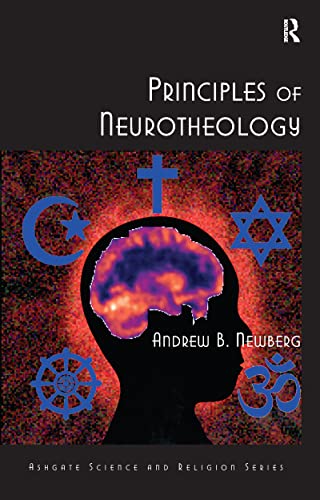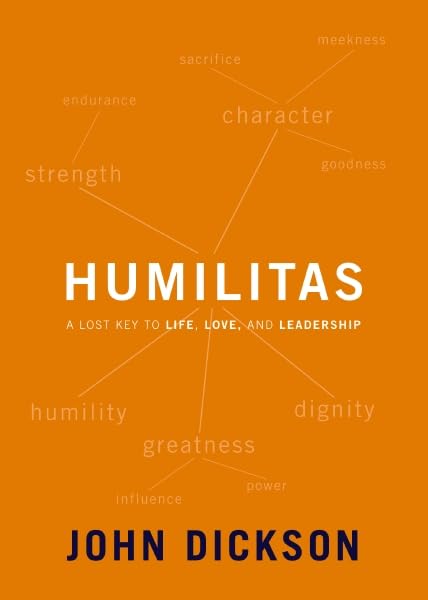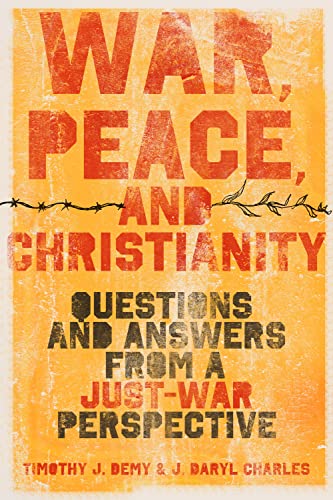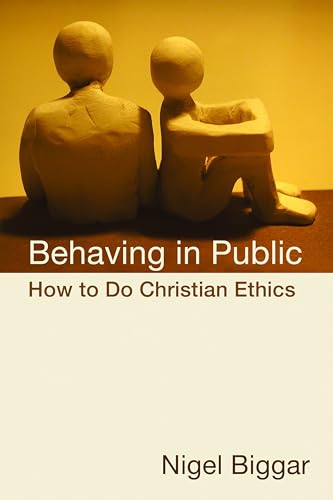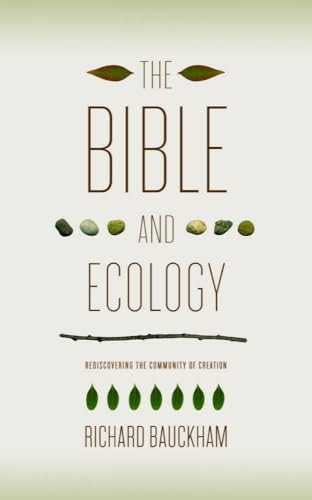The Case Against Diodore and Theodore: Texts and Their Contexts
Written by John Behr, ed Reviewed By Matthew R. CrawfordPreparing new critical editions and translations of ancient texts is among the least appreciated but most important and difficult scholarly tasks. Undoubtedly a great deal of labor has gone into the present volume, and it stands as a significant contribution to our understanding of the christological debates of the fifth and sixth centuries. Including sources extant in Greek, Latin, Syriac, and Armenian, Father John Behr has here provided the first comprehensive collection of the fragments from Diodore of Tarsus and Theodore of Mopsuestiathat were used against themand in their defense during the controversy over their legacy. Moreover, accompanying the original texts is a fine English translation, making these primary documents accessible to those whose linguistic capabilities fall somewhat short of Behr's own talents.
The fragments from Diodore and Theodore are preceded by a detailed introduction of some 150 pages outlining the careers, theology, and reception of the two early exegetes. Much of the material in these chapters helpfully sets up the texts that follow. One of Behr's apparent intentions in his first chapter is to marginalize these two thinkers as standing outside of the larger Patristic, and especially Nicene, tradition. In Behr's understanding, the problem with Diodore and Theodore was that “they treated the Old Testament as a distinct historia from the New, and consequentially 'the man' as a distinct subject from the Word” (p. 45), in contrast to the basic Nicene approach, as exemplified in Gregory of Nyssa, of seeing the person of Christ and indeed all of Scripture, through the lens of the passion. Behr is surely right to note the idiosyncrasy of these two thinkers. However, one does not have to sympathize with Diodore and Theodore's theology or exegesis to wonder if he assumes a more uniform version of the “Nicene Faith” than actually existed in the fourth century. It might instead be the case that they were drawing out trajectories present in earlier Nicene authors, as suggested, in fact, by Behr's next chapter in which he traces Diodore's thought to his precursors Marcellus and Eustathius of Antioch. Nevertheless, this theological background is helpful in so far as it goes, though the absence of a detailed overview of the christological vocabulary used by Diodore and Theodoreseems like an odd omission, particularly since this is especially confusing territory and was central to the controversy over their legacies.
The fragments of Diodore and Theodore are included together in this volume not simply because of Diodore's obvious influence upon his student, but also because they were jointly condemned in antiquity, and their works were often confused with one another. The reaction to Diodore began in his own lifetime, perhaps as early as the Council of Alexandria in 362, and erupted into open conflict in the mid- to late 370s. Renewed controversy began following the Council of Ephesus in 431 when it became apparent that Theodore's Christology paralleled that of the condemned Nestorius. Nevertheless, it was not until the Second Council of Constantinople in 553 that Theodore, and implicitly Diodore as well, finally received conciliar condemnationas a result of the so-called Three Chapters Controversy. As Behr notes, Theodore, despite his condemnation, continued to be hugely influential in the Nestorian church of the East and experienced a comeback among scholars in the nineteenth and twentieth centuries when his theology and exegesis seemed to be more amenable to modern sensibilities.
The textual history of the fragments contained in this volume is complex, and Behr helpfully attempts to untangle it. The sources from which he has drawn for the present volume include, among others, Eutherius of Tyana, Timothy Aelurus, Severus of Antioch, Leontius of Byzantium, Emperor Justinian, Facundus of Hermiane (who wrote in defense of Theodore), and the acta from Second Council of Constantinople. There are clear dependencies of these sources upon one another, or upon some common source. Parting from the conclusions of Marcel Richard, Behr argues that serving as a common source for these authors was a threefold florilegium consisting of texts from Diodore, Theodore, and Nestorius, and that this collection was put together by Cyril of Alexandria himself during the Nestorian controversy and its aftermath. Behr's reconstruction is a plausible one. The main problem with it, as far as I can see, is that, according to his theory, Cyril correctly noted the authorship of all the fragments in his florilegium, but when he came to write his works against Theodore and Diodore, he misattributed several Diodorean fragments to Theodore, ignoring the ascriptions in his own previously composed florilegium. Still, Behr's hypothesis is the best explanation yet offered for the relationship of these various fragments.
The text is well presented, as would be expected for a volume of this price, and I found only a few typographical errors. The English translation is faithful to the original and reads well. I found only one translation error. On page 320, in fragment JT 9, the phrase t�n te diairesin t�n physe�n was inadvertently omitted from the translation. These minor errors do not detract from the value of this fine edition. Theological libraries should not be without a copy, as it will prove indispensable to future research on Diodore and Theodore.
Matthew R. Crawford
Matthew R. Crawford
Durham University
Durham, England, UK
Other Articles in this Issue
Evaluating a new English translation of the Bible can be extremely difficult...
In the November 2009 edition of Themelios, Dane C...
Jonathan Edwards (1703-1758) is remembered today as a saint, scholar, preacher, pastor, metaphysician, revival leader, theologian, Calvinist—the list goes on...
Almost two decades ago I wrote an essay titled " When Is Spirituality Spiritual? Reflections on Some Problems of Definition ...
He was the youngest son of elderly parents. His childhood was secluded and unhappy, which might in some measure account for his lifelong melancholy...



